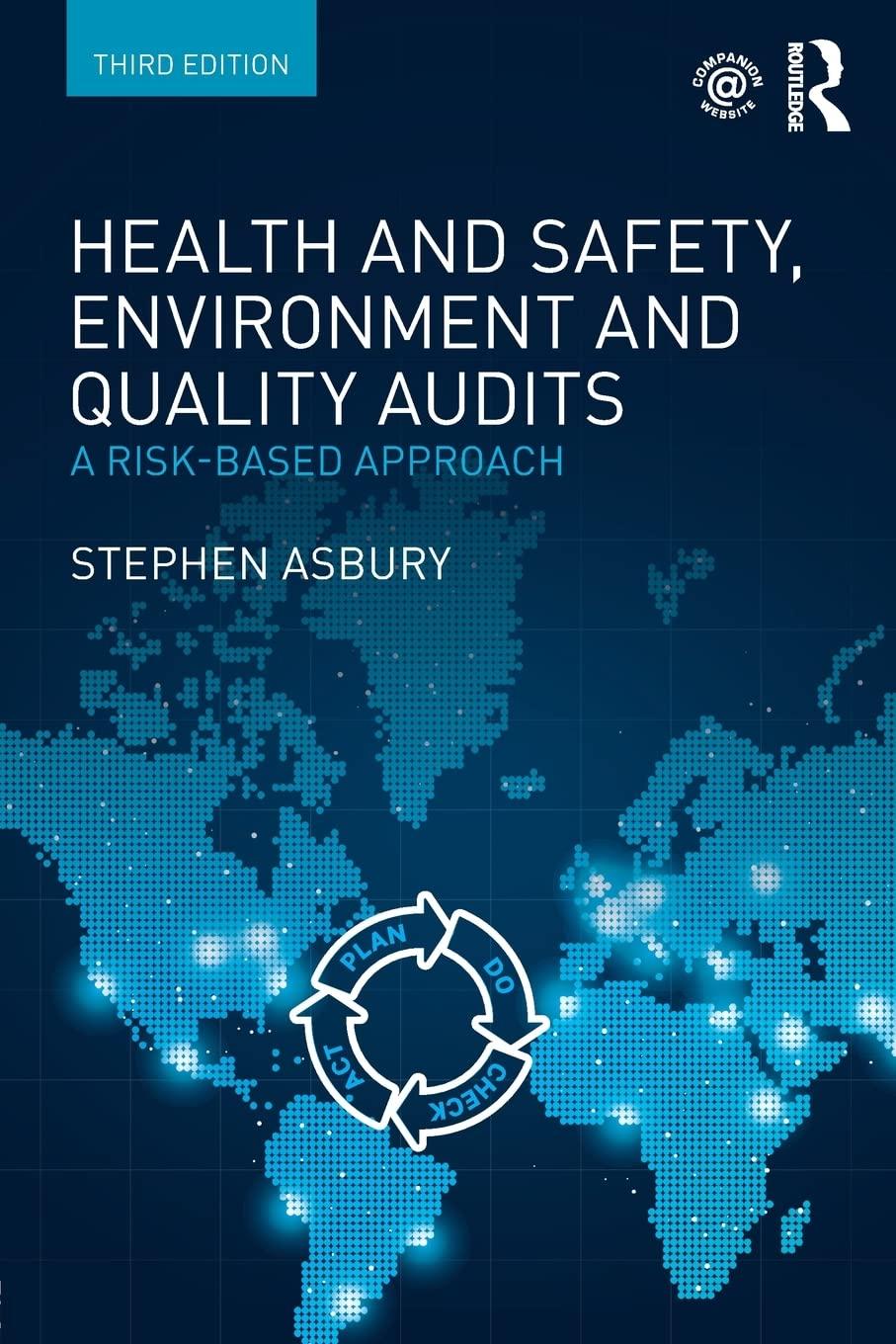
Suppose the inverse demand curve for a good is P(Q)=Q, where >0 and >0. The marginal cost of production for producers is a constant c>0 (i.e. the total cost of producing Q units is cQ ). However, the marginal external cost to society is >0 (i.e. the total external cost of producing Q units is Q). 1. (4 Points) Solve for the equilibrium quantity produced under perfect competition QPC, under monopoly QM, and under a social planner QSP that maximizes total surplus (defined as consumer surplus + producer surplus + appropriately signed externalities). 2. (4 Points) Are there parameter values such that a monopoly has higher social surplus than perfect competition? If so, explain intuitively why that's the case. If not, explain whether any parties are better off under monopoly. Be sure to discuss social surplus, consumer surplus, producer surplus, and external costs; you do not need to mathematically calculate these quantities (though you may find it helpful to do so). 3. (4 Points) Let's now take the case of perfect competition where the government can set taxes or quantity restrictions to correct for the externality. Given this setup, is there any difference for efficiency (i.e. total social surplus) or distribution (i.e. the breakdown in total social surplus among different sources) between the government correcting the externality by setting a per unit tax of or limiting production to QSP ? 4. (4 Points) Continue with the setup from the previous question with perfect competition and government regulation. But now suppose that economists disagree whether the demand parameter is or 2; they believe each is equally likely. Does this change the answer to your previous question? Explain. Suppose the inverse demand curve for a good is P(Q)=Q, where >0 and >0. The marginal cost of production for producers is a constant c>0 (i.e. the total cost of producing Q units is cQ ). However, the marginal external cost to society is >0 (i.e. the total external cost of producing Q units is Q). 1. (4 Points) Solve for the equilibrium quantity produced under perfect competition QPC, under monopoly QM, and under a social planner QSP that maximizes total surplus (defined as consumer surplus + producer surplus + appropriately signed externalities). 2. (4 Points) Are there parameter values such that a monopoly has higher social surplus than perfect competition? If so, explain intuitively why that's the case. If not, explain whether any parties are better off under monopoly. Be sure to discuss social surplus, consumer surplus, producer surplus, and external costs; you do not need to mathematically calculate these quantities (though you may find it helpful to do so). 3. (4 Points) Let's now take the case of perfect competition where the government can set taxes or quantity restrictions to correct for the externality. Given this setup, is there any difference for efficiency (i.e. total social surplus) or distribution (i.e. the breakdown in total social surplus among different sources) between the government correcting the externality by setting a per unit tax of or limiting production to QSP ? 4. (4 Points) Continue with the setup from the previous question with perfect competition and government regulation. But now suppose that economists disagree whether the demand parameter is or 2; they believe each is equally likely. Does this change the answer to your previous question? Explain







